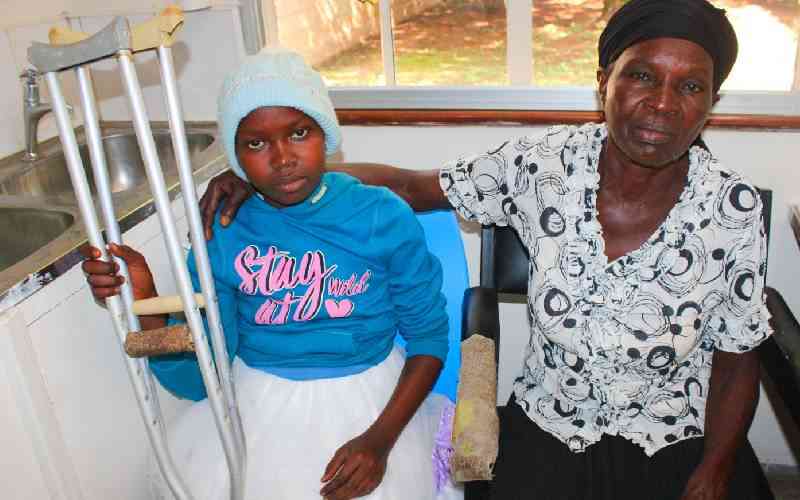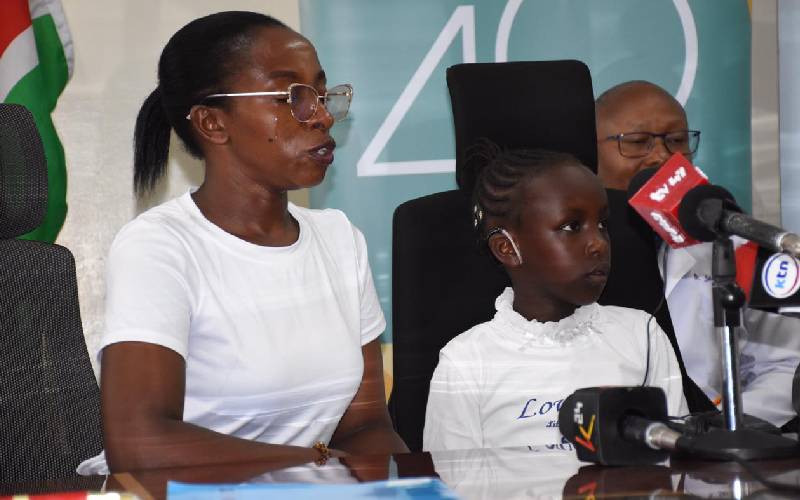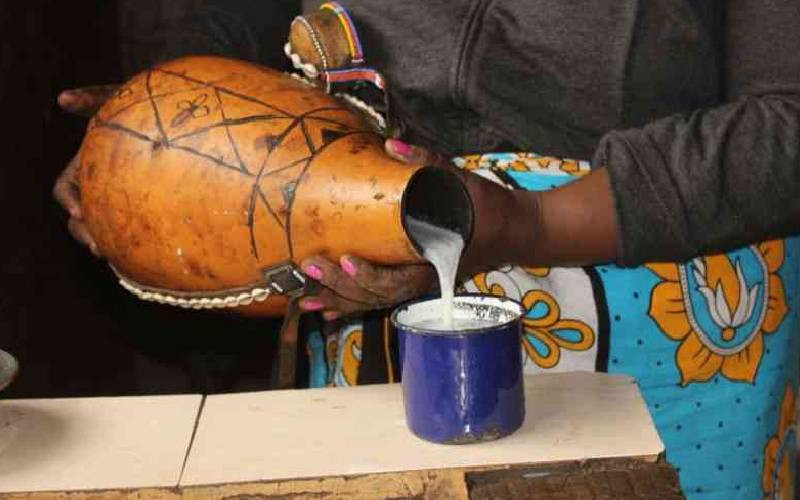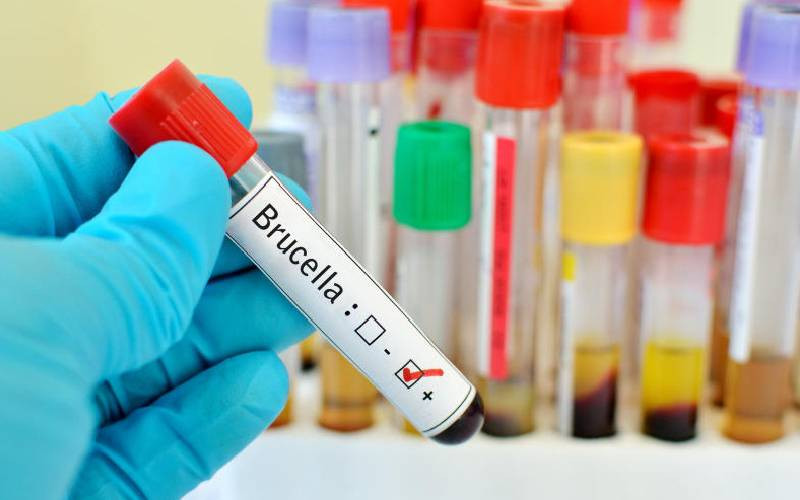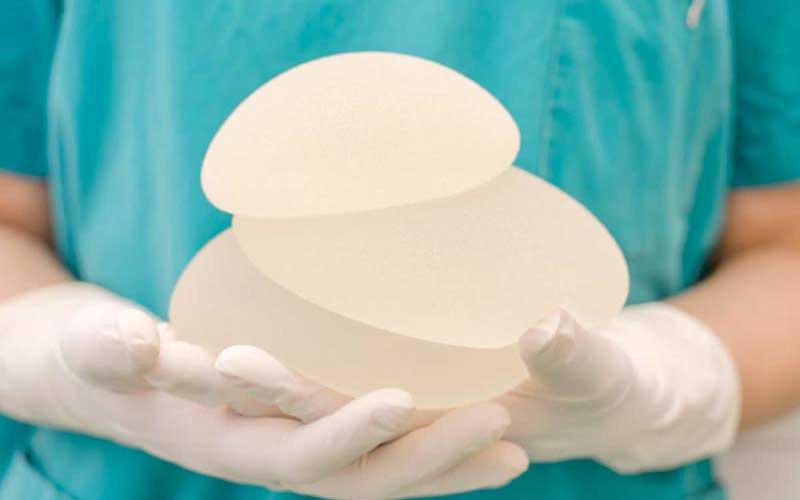
Only about two of the nearly 57 women who undergo breast removal annually due to cancer are opting for reconstruction at Kenyatta National Hospital.
Out of 312 women who had breast removal called mastectomy, at the hospital for a five-year period only nine opted for reconstruction.
Doctors at the hospital are concerned over what they say is low rate of breast reconstruction despite the procedure being an essential component of breast cancer care.
“Breast reconstruction (BR) not only brings shape to a breast; it also restores a woman’s identity, attractiveness and sexual desirability, and hence affects their quality of life,” say the doctors in a new report.
A team of doctors: Stephen Gichuru, Thomas Kedera, Joseph Wanjeri, and Prof Peter Ndaguatha of the University of Nairobi had assessed uptake of breast reconstruction at KNH from 2014 to 2018.
Their report published in the current issue of Annals of African Surgery suggests uptake has been disappointing.
The rate of breast reconstruction the report says increased annually over the study period, reaching a peak of 10.81 per cent in 2017 and then sharply dropping to 1.41 per cent in 2018.
The average number of mastectomies per year was 57; peaking at 71 in 2018 though the authors do not explain the huge drop in reconstruction in the same year.
“Efforts must be increased to enhance awareness among surgical stakeholders and the general population on the surgery,” says the team.
The team reports a younger age, and having insurance as the main determinant on whether survivors opted for breast reconstruction or not. “Factors significantly affecting the rate of breast reconstruction included patient’s age and insurance coverage.”
This means older women, of over 50 years, and those without insurance or the poor are unlikely to take up breast reconstruction.
Younger women, aged 26 to 35 were most likely to opt for breast reconstruction. Of the nine patients who underwent breast reconstruction, six patients had insurance cover, one patient was financed by the community, and one paid out of pocket.
Insurance coverage and higher socio-economic status of the community, the team says are likely to facilitate access to breast reconstruction as witnessed at KNH.
Breast reconstruction is covered under the National Hospital Insurance Fund’s (NHIF) surgical package. However, breast implant is not covered by the fund on the basis that this is cosmetic treatment.
The study however shows all reconstructions at the KNH, did not require breast implants as they involved a procedure known as flap reconstruction.
This involves use of tissue (skin, fat or muscle) from another part of the body — such as the belly, thigh or back — to create a new breast.
This technique is popular as the breast often lasts a lifetime but comparatively implants will normally require replacement after 10 or 20 years. The doctors say they found this unique because elsewhere in the world the trend is an increase in implants breast reconstruction.
“The overall trend is an increase in implant-based breast reconstruction since most patients are opting for immediate reconstruction after mastectomy.” The doctors explain that in some cases immediate reconstruction may not always be possible especially if the patient need additional treatments such as chemo or radiation therapy.
In such cases the surgeon may recommend waiting until after these treatments are finished before starting reconstruction.
Dr Stanley Ominde Khainga, chairman of The Kenya Society of Plastic, Reconstructive and Aesthetic Surgeons says that women can choose to have reconstruction immediately after mastectomy or one or two years later.
“You should see the trouble women go through to make their breasts proportional — they use all kinds of artificial external implants, pre-fabricated bras, and some, even rags. Breast reconstruction has brought some good news to women who have had mastectomy,” says Dr Khainga. After surgery, Dr Khainga explains, patients are required to follow up through with frequent medical check-ups.
 The Standard Group Plc is a multi-media organization with investments in media
platforms spanning newspaper print
operations, television, radio broadcasting, digital and online services. The
Standard Group is recognized as a
leading multi-media house in Kenya with a key influence in matters of national
and international interest.
The Standard Group Plc is a multi-media organization with investments in media
platforms spanning newspaper print
operations, television, radio broadcasting, digital and online services. The
Standard Group is recognized as a
leading multi-media house in Kenya with a key influence in matters of national
and international interest.


